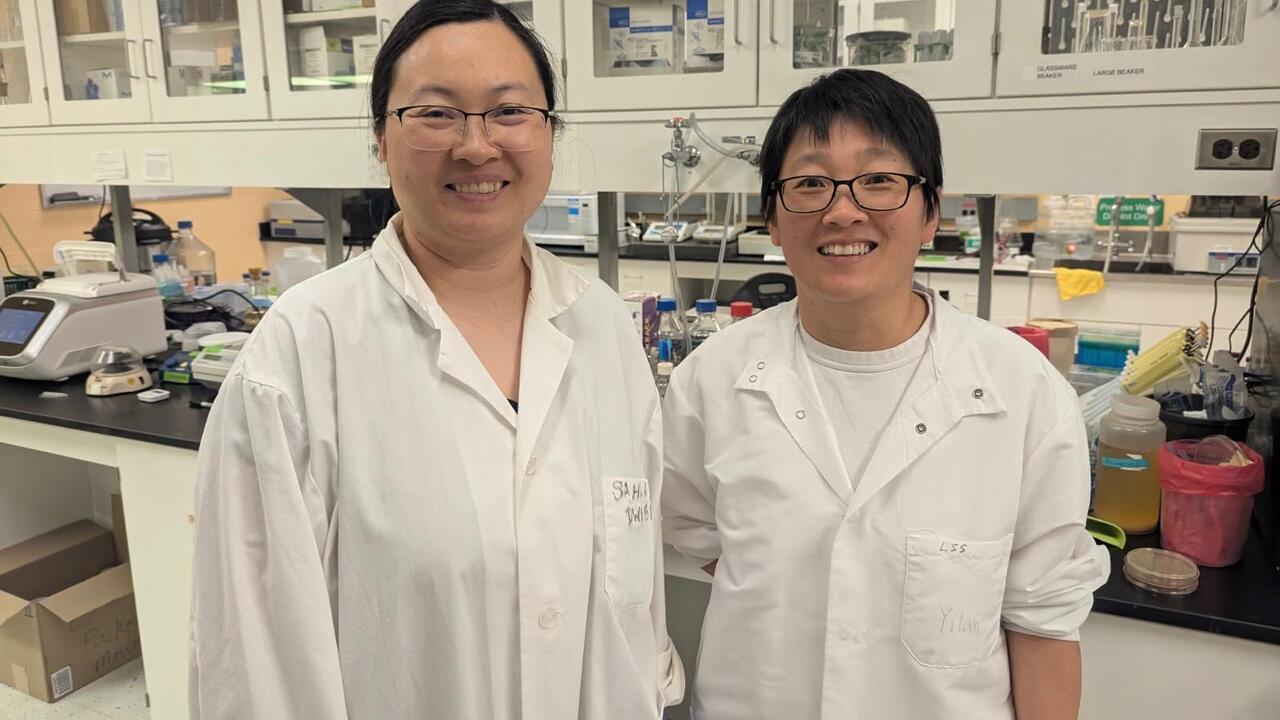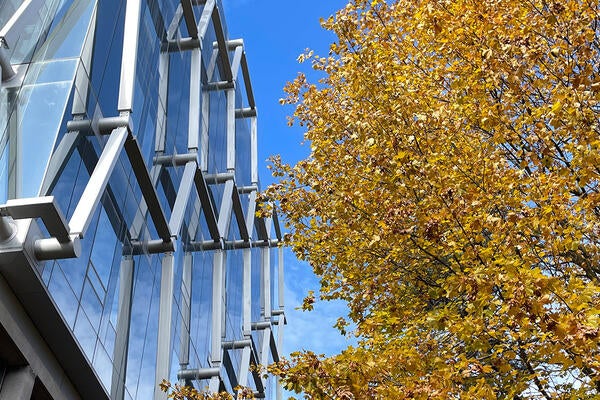
Creating tiny biomedical factories from common bacteria
Engineered bacteria secrete powerful nanoparticles to aid in drug delivery, vaccines and treating medical conditions, such as Inflammatory Bowel Disease

Engineered bacteria secrete powerful nanoparticles to aid in drug delivery, vaccines and treating medical conditions, such as Inflammatory Bowel Disease
By Media RelationsResearchers led by the University of Waterloo have discovered how to turn common bacteria into high-efficiency factories capable of producing tiny, powerful particles for drug delivery, cancer therapy, vaccine development and other biomedical uses.
Led by Dr. Yilan Liu, a Waterloo chemical engineering professor, the international research team altered bacteria found in the human gut, or gastrointestinal tract, to dramatically increase the number of bubble-shaped nanoparticles they secrete.
Those particles, known as bacterial membrane vesicles (BMVs), are widely recognized for their potential impact in biomedicine, but their use has been slowed by challenges, including a low rate of natural secretion.
Liu and her team tackled that problem by making two key changes to the bacteria, including the insertion of a shell protein into their membranes. The changes resulted in a 140-fold increase in the yield of BMVs, which are about a thousand times smaller than the width of a human hair.

Engineered bacteria with added nutrients in Dr. Liu's lab that is part of her research into secreted nanoparticles. (University of Waterloo)
“This strategy enables us to produce BMVs with unprecedented efficiency without using chemicals,” Liu said. “Current methods rely on chemical processes to increase secretion. We've engineered bacteria to optimize their vesicle production naturally, resulting in a cleaner, more sustainable approach."
Initial testing revealed that the engineered bacteria activated the immune system in the gut, paving the way for the treatment of medical conditions, such as Inflammatory Bowel Disease (IBD), in which patients often have underactive immune systems.
Researchers used fluorescence imaging to track the engineered bacteria moving from the stomach to the intestines, proving that they could be used to deliver nutrients or drugs directly to the gut.
"This advancement in bacterial engineering has the potential to be a transformative platform for next-generation vaccines, therapeutics and nutrient delivery," said Liu. "This new process could profoundly impact global health by making biomedical treatments more efficient, accessible and affordable."
The next step for researchers is applying their new technique to pathogenic bacteria, like those used in the meningitis vaccine, for potential productivity increases and cost savings.
They are also investigating the use of BMVs as probiotic supplements to improve nutrient absorption, especially for fat-soluble nutrients such as beta-carotene. Collaborators for that project are now being sought.
Liu and her team at Waterloo, which includes Dr. Jinjin Chen, worked with several scientists at the Southern University of Science and Technology in China on the study.
Their study, Engineered Therapeutic Bacteria with High-Yield Membrane Vesicle Production Inspired by Eukaryotic Membrane Curvature for Treating Inflammatory Bowel Disease, recently appeared in ACS Nano.
Top image: Dr. Jinjin Chen (left), a researcher in the Synthetic Biology for Sustainable Development Laboratory and first author of the paper, and University of Waterloo chemical engineering professor Dr. Yilan Liu. (University of Waterloo)

Read more
Here are the people and events behind some of this year’s most compelling Waterloo stories

Read more
15 University of Waterloo researchers have been named to the annual Highly Cited Researchers™ list for significant contributions to their specific fields of research

Read more
New Canada Research Chairs will tackle future-focused problems from social robots and intergroup attitudes to geochemistry and nanoscale devices
The University of Waterloo acknowledges that much of our work takes place on the traditional territory of the Neutral, Anishinaabeg, and Haudenosaunee peoples. Our main campus is situated on the Haldimand Tract, the land granted to the Six Nations that includes six miles on each side of the Grand River. Our active work toward reconciliation takes place across our campuses through research, learning, teaching, and community building, and is co-ordinated within the Office of Indigenous Relations.